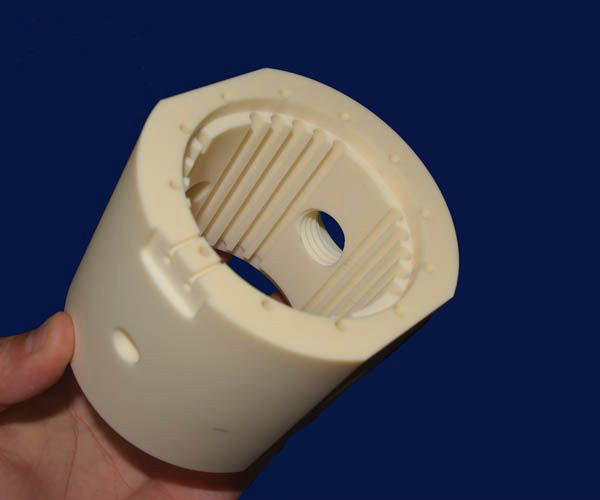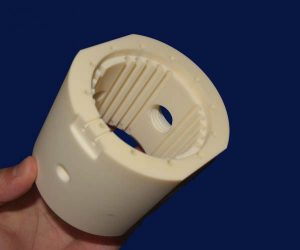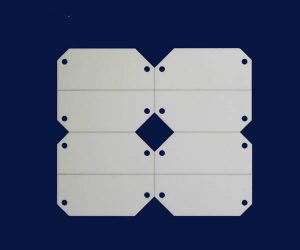- Alumina
- Boron Nitride
- Zirconia
- Other Ceramics
- Applications
- Contact

Alumina ceramic parts will be applied to a lot of industrial production occasions, which fully demonstrates that ceramic parts have many superior properties compared to other materials, will be very popular in the industry. How to produce such good ceramic porcelain?
At present, the main protection of alumina ceramics can be used for thermometer tube and insulation tube of temperature measurement thermocouple; can also use it in industrial furnace, experimental furnace, the furnace tube in heat treatment furnace. In addition, iron and steel chemical analysis, carbon tube and fixed sulfur tube, as well as other high temperature, acid and alkali corrosion insulation instrument components used ceramic parts as the basis.

It seems that alumina ceramics use powerful mechanical strength, thermal shock resistance; thermal conductivity, good insulation and high softening temperature, made great significance in many industries.
Alumina ceramic production process is generally divided into three major steps, in order to ensure its quality, it is necessary to do every link, first is the preparation of ceramic powder. If you need to control the ingredients, you need to buy a ball mill, a ball and a spray dryer.
Then we can start pressing the raw material, for less than 2 mm of sheet products, can use gel forming method; and for more than 2 mm ceramic porcelain pieces can be considered a molding process.
Followed by sintering and processing, if large quantities of sintered alumina ceramics can be produced continuously by using in tunnel kiln; processing is determined mainly based on the complexity of the product, some ceramic is no need for processing, mold forming can be sold directly.

Zirconia ceramic firing process introduction
The method of sintering ceramic particles with compact ceramic particles and forming solid materials is called sintering. The sintering of zirconia ceramic will eliminate the voids between the particles in the billet, remove a small amount of gas and impurity organic matter, and form a new substance by combining the zirconia ceramic particles with each other.
Zirconium oxide ceramics are the most widely used in heating device and electric furnace. Besides pressureless sintering, hot pressing sintering and hot isostatic pressing sintering, etc.. The continuous hot press sintering of zirconia ceramics increases the output, but the equipment and mould cost are too high. Besides, the length of the product is limited due to the axial heating.
High temperature and high pressure gas is used as pressure transfer medium for the hot isostatic sintering of zirconia ceramics. It has the advantages of homogeneous heating and is suitable for the sintering of complex shape products.
Due to the uniform structure of zirconia ceramic, the performance of the material is improved by 30 – 50% compared to that of cold pressed sintering. 10-15% is better than general hot pressing sintering. Therefore, some high value-added alumina ceramic products or special parts required by the national defense industry, such as ceramic bearings, mirrors, nuclear fuel and barrel products, etc., are used in the field of hot isostatic pressing.
Stanford Advanced Materials is a ceramic expert, a structural ceramics manufacturer with competitive price; mature structural ceramics molding / sintering / precision machining process.